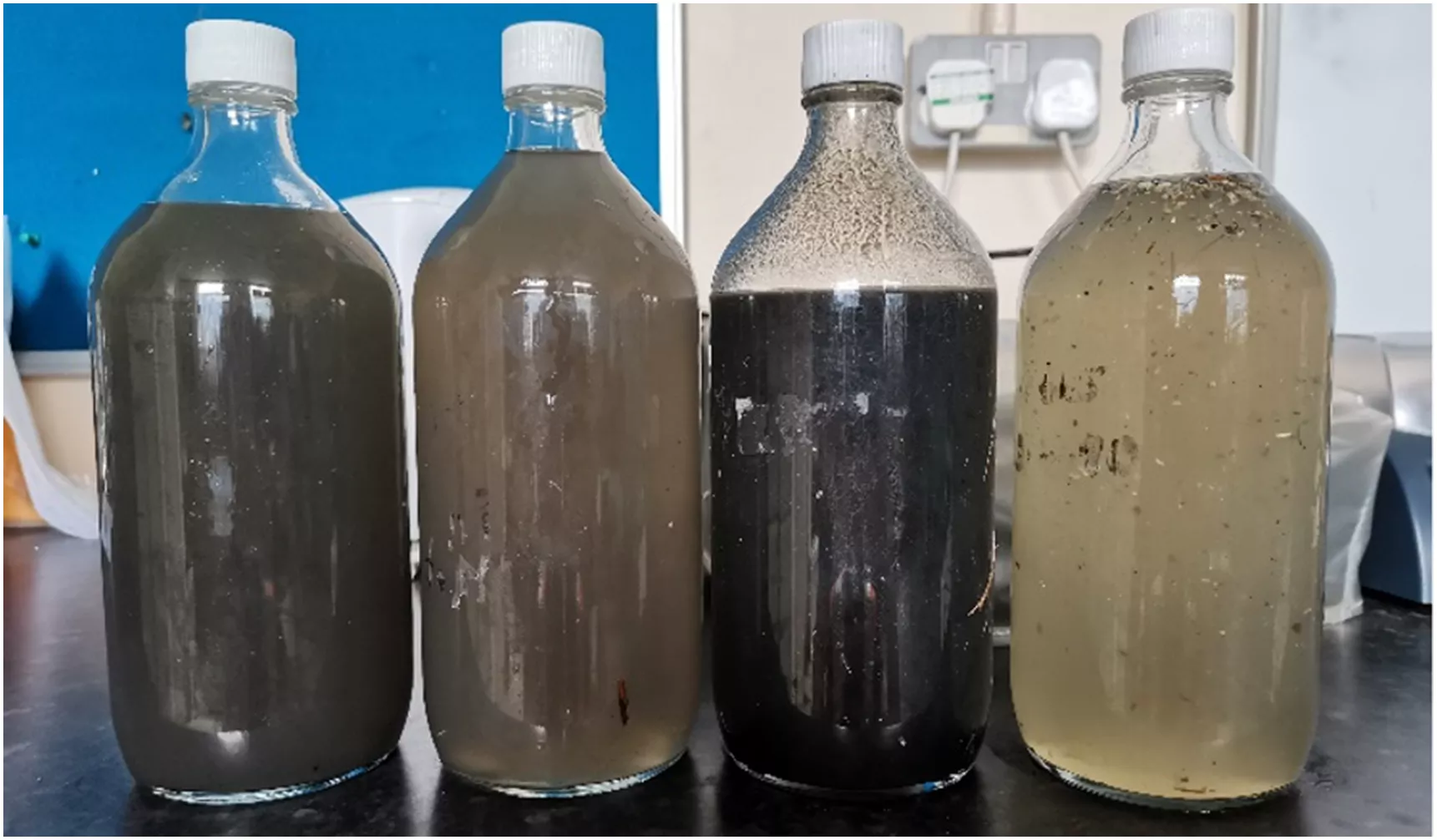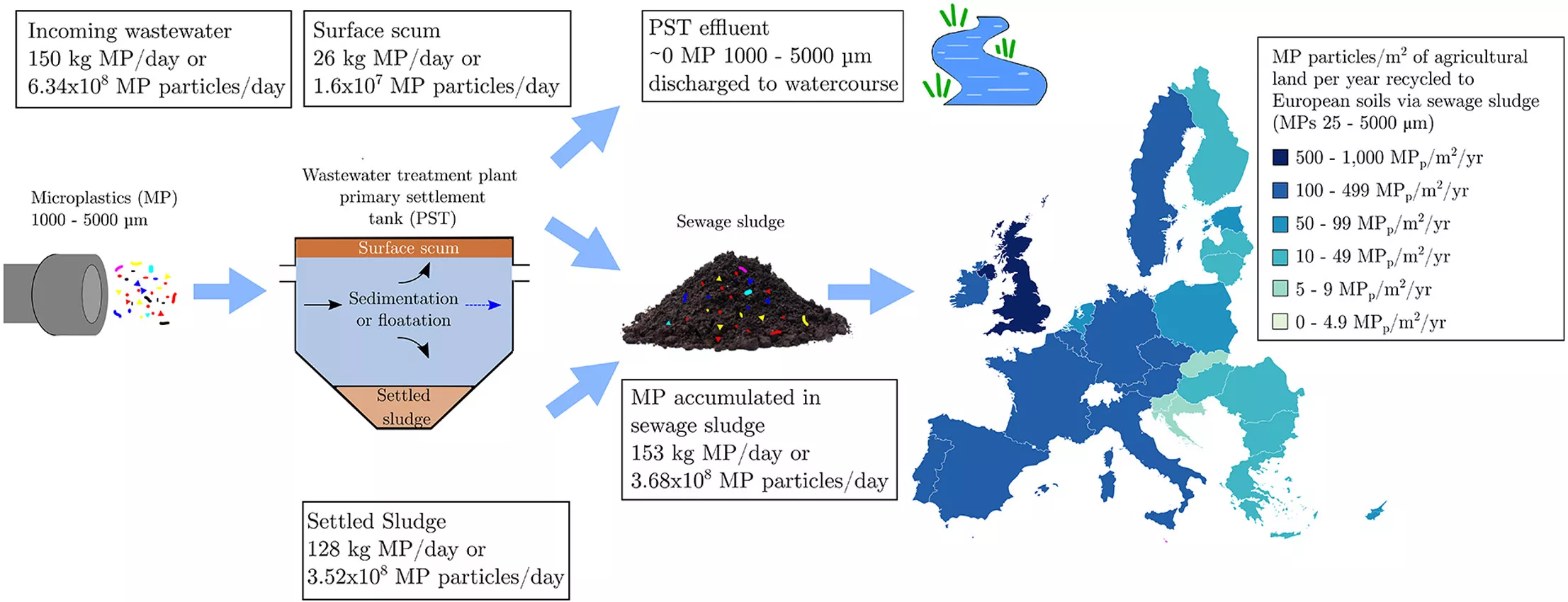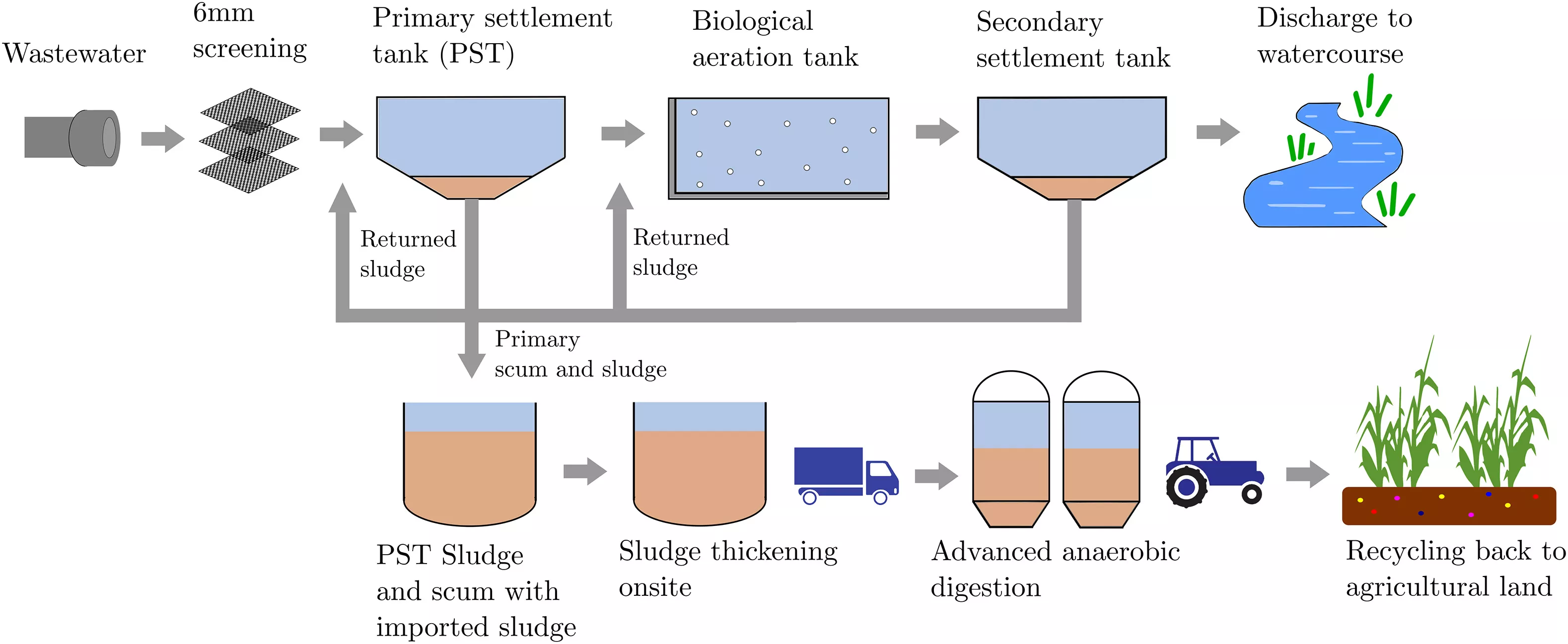The sludge produced by sewage treatment process is rich in nutrients such as phosphorus and nitrogen, which makes it an excellent source of fertilizer for agriculture. But not all sludge is good for the environment, a new study shows that this material will act as a carrier, allowing a large number of small plastic fragments to enter the soil, so that researchers believe that European farms may become the world's largest reservoir of micro plastic pollution**

Sewage sludge is an attractive and sustainable source of fertilizer for large-scale agricultural production and home gardeners. But research is beginning to show that its content may not be completely harmless, whether to the environment or organisms.
A study published last year found unsafe levels of toxic PFAS "forever chemicals" in every sample of household fertilizer products. The study found that typical sewage treatment methods cannot decompose these persistent chemicals. Because sludge is widely used in land all over the United States, it introduces a large number of chemicals into food crops and waterways.

The new study, conducted by scientists at the Cardiff University and the University of Manchester, focuses on the risks to farmland in Europe - and fertilizers made from sewage sludge. The work involves analyzing samples from a sewage plant in Newport, South Wales, which is known to treat sewage from about 300000 people.

The results show that the plant is collecting large plastic particles with a 100% hit rate between 1 and 5 mm in size to prevent them from sliding into the waterway. However, the sewage sludge produced by this process was found to contain up to 24 micro plastic particles per gram, accounting for about 1% of its total weight.

The scientists then extrapolated by using data provided by the European Commission and Eurostat on the use of sewage sludge as fertilizer throughout the European continent. Data show that 31000 to 42000 tons of micro plastics or many trillion particles are applied to European soils every year. According to the researchers, this is comparable to the concentration of microplastics in the surface water of the ocean.
"Our study questions whether microplastics are actually removed from sewage treatment plants or effectively transferred to the environment," said James lofty of Cardiff University School of engineering, the first author of the study. "Water companies obviously lack strategies to manage microplastics in sewage sludge, which means that these pollutants are transported back to the soil and eventually back to the aquatic environment."
These findings provide new insights into the way microplastics migrate in the environment, but it may not be so surprising considering recent research in this field. A 2018 study found microplastics in human fecal samples around the world, and we also saw scientists find plastic particles deep in human blood and lungs for the first time. Other studies have also demonstrated how microplastics in wastewater treatment plants can promote the growth of superbacteria and how they can bring dangerous pathogens far out to sea.
"Our findings highlight the seriousness of soil problems across Europe and also suggest that the practice of spreading sludge on agricultural land may make them one of the largest micro plastic pollution reservoirs in the world. At present, there is no legislation in Europe to limit or control the import of micro plastics into reclaimed sewage sludge according to the load and toxicity of micro plastics exposure," lofty said